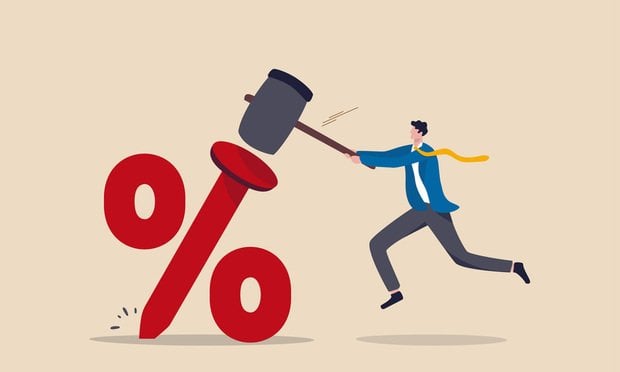No doubt, the real estate market in China is growing, as Guy Hollis of Jones Lang LaSalle revealed in Investment in China: the Issues and Opportunities. In fact, he reported real estate investment generally grew from $38 billion in 1995 to $150 billion in 2004.
But, as Henry Cheng of Chongbang Development stated, pitfalls arise as you zero in on specific regions, such as Shanghai, which he characterized as a "young and immature market, and fatal mistakes" are easy to come by. Outside investors who fail to focus on a specific region and a specific property type and who believe they can escape with less than a five-year commitment are headed for a fall, he promised.
Richard Price of ING Clarion, agreed. "The challenge is perseverance," he said, frankly admitting that "we haven't been able to get the returns that others have in stabilized high-quality office or retail."
Recommended For You
Want to continue reading?
Become a Free ALM Digital Reader.
Once you are an ALM Digital Member, you’ll receive:
- Breaking commercial real estate news and analysis, on-site and via our newsletters and custom alerts
- Educational webcasts, white papers, and ebooks from industry thought leaders
- Critical coverage of the property casualty insurance and financial advisory markets on our other ALM sites, PropertyCasualty360 and ThinkAdvisor
Already have an account? Sign In Now
*May exclude premium content© 2025 ALM Global, LLC, All Rights Reserved. Request academic re-use from www.copyright.com. All other uses, submit a request to [email protected]. For more information visit Asset & Logo Licensing.








